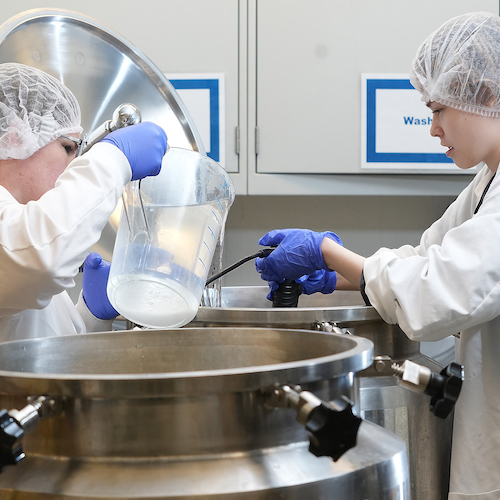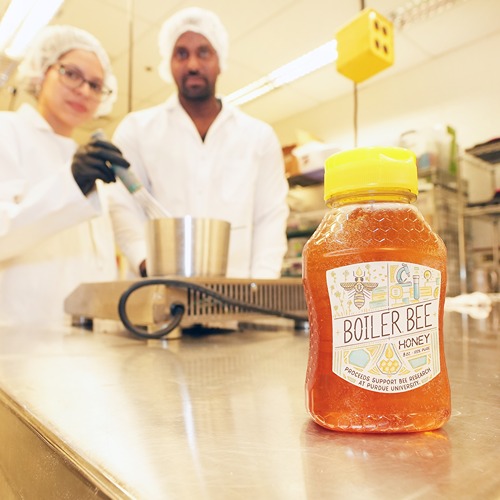However, that knowledge has led to a false sense of security, argues Purdue food scientist Yaohua “Betty” Feng, since there are no certainties those treatments eliminate foodborne pathogens that could be lurking in the flour. While heating meats and other wet ingredients to certain temperatures kills Salmonella or E. coli, those pathogens act differently in dry ingredients like flour.

“We cook chicken to 165 degrees because that’s how we kill salmonella in that product,” Feng said. “But it’s not that simple in flour because Salmonella is more heat resistant when moisture is low. We still need more research data to confirm how hot you’d have to get the flour or how long you’d have to hold it at that temperature to make the flour safe to eat.”
Some cooks are surprised to find labels on bags of flour that warn about eating the product raw. Flour is raw, not having been cooked in any way after wheat is milled, bagged and sent off to grocery stores.
Many food bloggers and chefs suggest microwaving flour or spreading it on a baking sheet and putting it in the oven to kill any potential foodborne pathogens. Some even offer specific temperature targets — usually 165 degrees. However, Feng warns that there are no guarantees that flour is safe to consume after those untested heat treatments.

“The type of container you use, the way the flour is mounded and other factors can affect heat transfer and can leave some bacteria alive,” Feng said. “You may feel like heating your flour means you’re being careful, but those methods aren’t scientifically validated.”
In a study, Feng did to study consumer knowledge, 66 percent of flour consumers admitted they ate raw dough or cake batter; 85 percent of consumers were unaware of flour recalls or outbreaks; and only 17 percent believed they would be affected by flour recalls or outbreaks.
Overall, the awareness of flour being a raw commodity is very low among consumers. There is a need to provide more communication and education, Feng said.
Feng is a team member of the Center for Low-Moisture Food Safety, housed at Michigan State University, that addresses microbial food safety challenges of low-moisture foods, including wheat flour. United States Department of Agriculture funds the center, which conducts research to support the informed decision-making of consumers.
Until more is known, however, Feng suggests baking all that batter and dough, and resisting the urge to lick the spoon.





